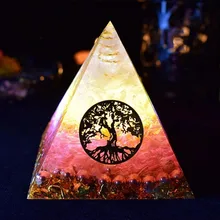What Happens To A Plant Cell In A Hypertonic Solution
Olivia Luz

This is clearly seen in red blood cells undergoing a process called crenation.
This causes water to rush out making the cell wrinkle or shrivel. Plant cells in a hypertonic solution can look like a pincushion because of what s going on inside. See full answer below. In the hypotonic solution the plant cell s vacuole fills up with water and pushes the cell s cytoplasm against the cell wall.
This causes the cell membrane to shrink away from the cell wall the vacuole to shrink and the cell wall to bend inward. The water moves from a region of low osmolarity extracellular fluid to a region of high osmolarity inside the cell. Because plant cells have rigid cell walls the cells maintain their shape and size to a large extent in hypotonic and hypertonic solutions. Unlike an animal cell the plant cell does not burst.
When a plant is immersed in a hypertonic solution water leaves the plant cell and it shrivels up. A plant cell in a hypertonic solution undergoes plasmolysis. The cell would then expand. In hypotonic solutions they gain water and might burst in isotonic solutions an equal amount of water moves in and out of the cells and in hypertonic solutions cells lose water and shrink.
RELATED ARTICLE :
- what was the best selling pg 13 movie in 2006
- what was the role of chicago in the beef industry
- what was the purpose of the tea act of 1773
In red blood cells this is called crenation and the surface of the cells take on a scalloped appearance. Osmosis causes the water inside the cell to travel out trying to dilute the high concentration of solute. If enough water is lost the cell will take on a wrinkled or shriveled appearance. The contracting of the cell pulls apart the cell s membrane from the cell wall which can result in a complete cell collapse if too much water is lost.
Placing a plant cell in a hypertonic solution can lead a cell to experience plasomolysis. In the hypertonic solution the cell.
Source : pinterest.com


















